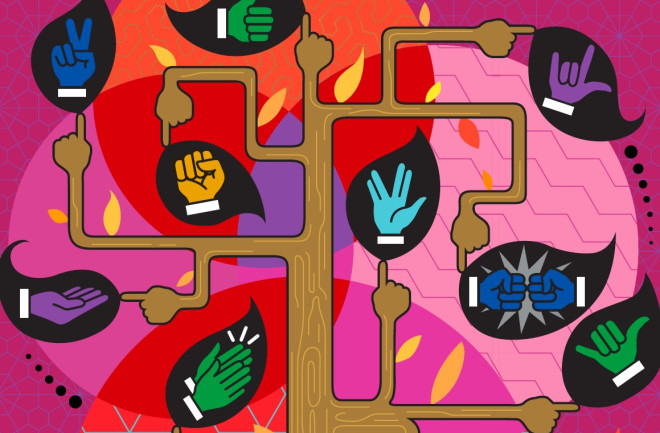This story originally appeared in the December issue of Discover magazine as "Talk to the Hand." Support our science journalism by becoming a subscriber.
Take a moment to pay attention to your hands.
It will be time well spent, because they are evolutionary marvels. Hold one up and examine it. Open and close it. Play with your fingers. Touch the tips of your four fingers with your thumb. Rotate your wrist. You should be able to turn it 180 degrees with ease. Ball your hand up into a fist until your thumb lies on top of and lends support to your index, middle and ring fingers. That is something no ape can do.

